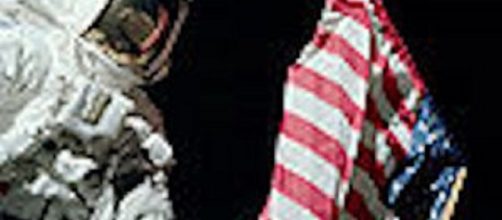The debate concerning exploring space with robots or with humans does not crop up much anymore. A 2004 Study by the British Royal Astronomical Society settled the science of that question firmly on the side of both robots and humans, something NASA has recognized since its beginning. Most of the scientists who tended to deny this truth, such as James Van Allen and Robert Park, are either dead or retired. However, Don Lincoln, a physicist at Fermilab, takes up the banner in a recent article on the CNN website.
His arguments are familiar to those who have followed the controversy over the past few decades.
Human Spaceflight is more expensive than robotic planetary probes. People are fragile and need protection from the harsh conditions of space.
The first position is specious because while human space flight is more expensive than sending robots, it is not all that expensive in the vast scheme of things. NASA spends about .4 percent of the federal budget on all of its programs. Raising to .6 or .8 percent would constitute a rounding error in the trillions the federal government spends every year.
Of course, commercial spaceflight entrepreneurs such as Elon Musk and Jeff Bezos are working like beavers to bring down the cost of spaceflight, developing reusable rockets. Commercial competition will continue to drive down costs.
Lincoln, by the way, betrays his ignorance by pegging a Mars expedition as costing $1 trillion. That is a fantasy number grabbed out of the air and thrown out for effect.
The second position is irrelevant. Space is dangerous, to be sure. A lot of useful human activity is dangerous. Mitigating that danger is an engineering challenge that we will only get better at given practice.
To be sure, unlike his curmudgeonly predecessors, Lincoln does not rule out humans in space for all time. Here is where he undermines his position by agreeing with human spaceflight advocates. He suggests that robots should pave the way for human space explorers. Indeed, that has been NASA’s strategy from the beginning.
The Ranger, Surveyor, and Lunar Orbiter preceded the Apollo missions to the moon. Fleets of robotic probes have flown by, orbited, landed, and roved across the Martian landscape. Mars will be well-explored ground when the first humans put boots on the Martian soil, whenever that happens.
Future expeditions will have humans and robots working together, each performing tasks appropriate to their capabilities. Excluding one or the other constitutes a short-sighted strategy toward pushing back the high frontier of space. So, let is have no more of the robots vs. humans in space argument. It was tiresome back during Apollo. It is even more so now.

